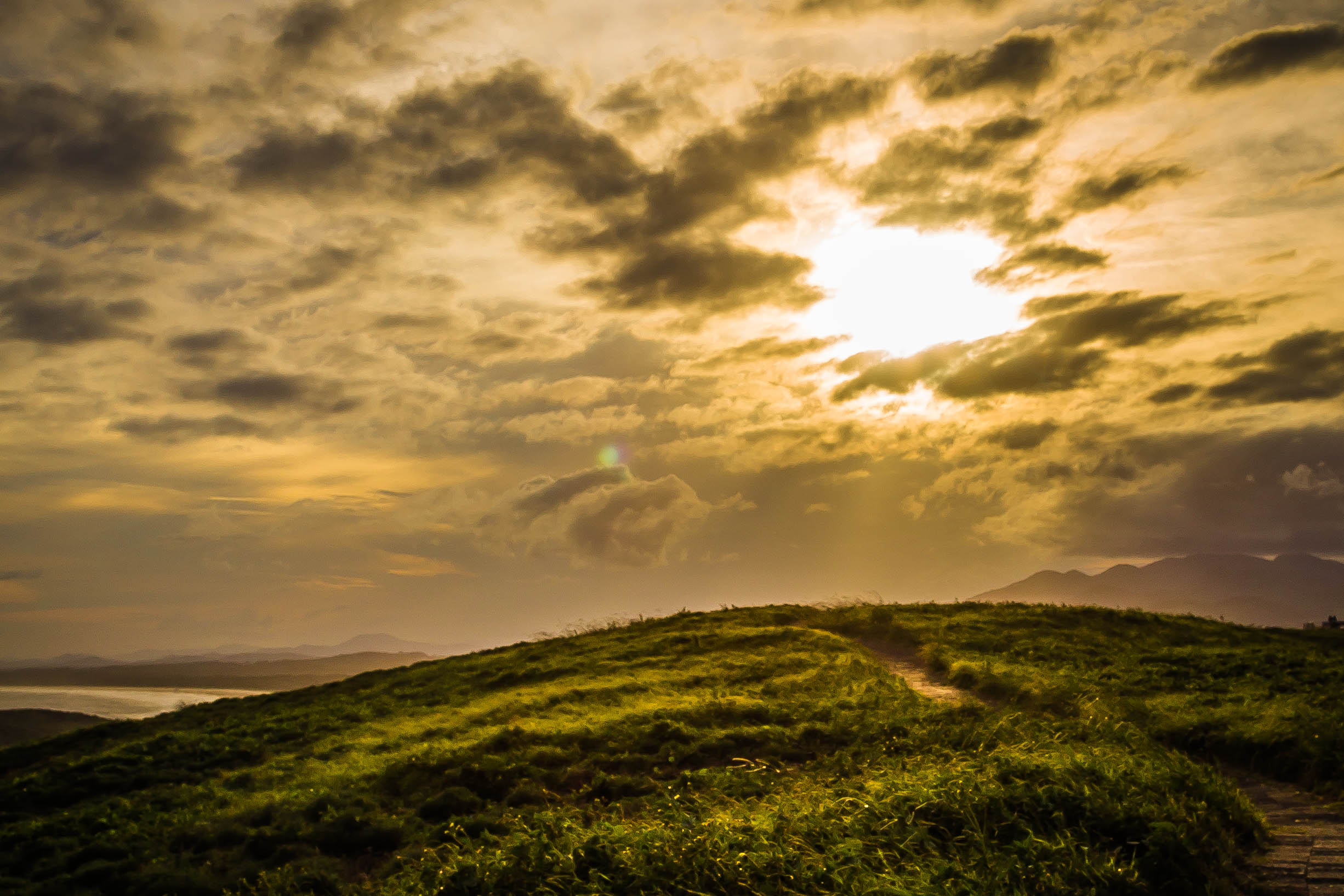
Contemplate the creative.
Image courtesy of Marguerite Gamble.
Anything to do with visual perception makes me excited! So excited that I changed my arts career to one in cognitive science, studying how the brain makes sense of the world around us. It is one of the best things I have ever done.
This journey from artist to scientist has enriched my life – not only does it bring new ways of understanding art through brain function but it also inspires new understandings of brain function through art. It is from this art meets science perspective that I will be writing about galleries and museums on the Mid North Coast.
To better explain, I should tell you about a recent meeting with Research Professor Patrick Cavanagh: brilliant neuroscientist and Parisian denizen. Cavanagh is interested in the artist as neuroscientist and sees artists as valuable resources in learning more about how the brain works. The way a painter observes or disregards the laws of the natural world – say for example, in rendering the fall of a shadow or the reflection on a surface – tells us much about the way our brains process the information in the image.
Our brains are highly sensitive to certain information – facial recognition in general is acute, so if an artist offsets one eye or misplaces them, and we’re not talking here about an artist’s intention or skill, our brains react violently – the image will jar our sensibilities – our senses. It’s a wakeup call to the hard wiring in our brains that something might be wrong and we’re put on full alert.
Yet there are hundreds of things that largely get past our brain altogether – shadows absent or painted falling towards the light instead of away from, that our brains completely ignore, suggesting that there are hierarchies of importance in the types of visual information that gets processed by the brain.
Artists use this alternative physics, call it artistic licence if you like, because these particular deviations from the laws of physics allows them to take shortcuts, presenting cues more efficiently, and arranging surfaces and light to suit the message of the piece rather than the constraints of the physical world. In discovering these shortcuts artists act as research neuroscientists.
It’s a wakeup call to the hard wiring in our brains that something might be wrong and we’re put on full alert.
Cavanagh is working with a Paris gallery to provide visitors with a list of things to watch out for when looking at art; indicators of our perceptive abilities and blind spots, and I’ll share some of these insights in my future posts.
I’ll also be drawing from my own PhD research on synaesthesia. Synaesthetes have a rare ability which presents as unusual cross sensory perceptions. Sounds can be experienced as colour and form; numbers can have a particular personality; and tastes can have shape.
Some researchers think that studying synaesthesia might help us understand how thinking happens and more about the things that make us uniquely human, like poetry, metaphor and art. There’s lots to suggest that synaesthesia occurs at a higher rate in artists than in the general population which suggests that studying synaesthesia might also to tell us something about the nature of creativity.
As it turns out, the Mid North Coast is an excellent spot to visit and contemplate such issues … the beauty of the area is truly inspirational. With languid, rolling mountains, tropical rainforests, and a resplendent Pacific ocean it is no surprise that it has attracted a diverse and thriving creative community. Many of whom exhibit exclusively in local galleries affording unique opportunities to enjoy the fruits of a rich art community and to contemplate the clues that art whispers to us about ourselves.
So put on your neuroscientist’s hat, and come and visit our community galleries on the creative and beautiful Mid North Coast! Here is a link to help plan your next cerebral adventure.
Marguerite Gamble is our Roving Reporter from the Mid North Coast of NSW. She’s is a PhD candidate in the Department of Cognitive Science at Macquarie University studying the role of associative learning in synaesthesia.
In her spare time she mentors Indigenous students in Psychology, tutors in Social Psychology, dotes on her two Grandbabies and cultivates a butterfly and bird attracting garden.
In an earlier life she was an artist, the highlight of which remains selling her first painting at the age of nine. She’s worked as scenic artist with Warner Brothers, in her own graphics business and as an art therapist.
She‘s well-endowed with awards – a University Medalist, recipient of the Marnie Yeates award for academic excellence and an APA scholarship.



